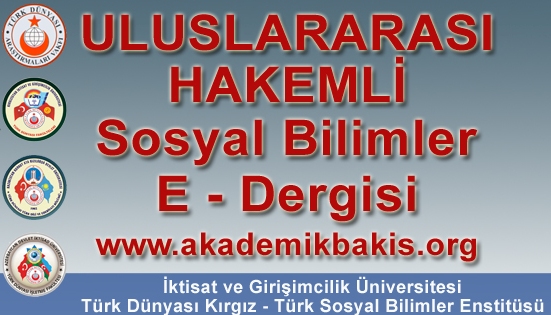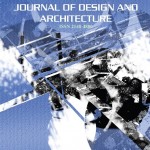RISK TRANSFER in the cultural heritage sector
Kuzucuoglu, Hamdi Alpaslan Risk Transfer of Cultural Heritage Sector. Academic Overview, 2014, n. 44.
Abstract
Natural disasters, man-made disasters and inappropriate environmental conditions cause loss of life and economic losses as well as destruction of cultural heritage. Disasters such as earthquakes occur suddenly without any warning and due to their uncontrolled characteristic great destruction become on historical monuments / artifacts by resulting serious damage or completely demolish. However, before a potential disaster or emergency situation occurs, potential dangers and likely risks can be reduce with proactive mitigation plans. To make a successful risk mitigation plan for the museum, library and archive buildings which contain cultural heritage collections, to make the determination of risks initially and subsequently resources are needed in the organization are essential. To reduce the risk effects due to buildings, objects (collections, library / archival materials), the staff, the beneficiaries (visitors, students, guests, etc.) could face likely risks, insurance activities (transferring or sharing the risk) needs to be addressed is an issue primarily. It is emphasized in this study that to provide resources against the risks on staff and cultural heritage by transferring the risk method and to minimize impacts of the potential damage in terms of the institution’s budget.
Summary
Natural disasters, human-induced disasters and unsuitable environmental conditions, such as loss of lives and caused economic losses of cultural heritage leads to the destruction. Disasters such as earthquakes to occur suddenly and without any warning to uncontrolled violence, date due to the great damage that creates works of view is not very serious damage or completely. However, a possible disaster or emergency occurs proactive loss reduction plan with the potential hazards and risks to be done before can be minimized. Cultural heritage collections in museums hosting site, library, First there is a need for the organization of resources and then to be able to successfully identify risk mitigation plan for building archives. Buildings, objects (collections, library / archive material), Staff, the beneficiaries (visitor, students and so on.) insurance may face in order to reduce the impact of potential risks (The transfer of risk / Sharing) work is an issue that should be addressed first. Employees with the risk transfer method in the study and provide resources against the risks that threaten the cultural heritage institutions in terms of budgets and to minimize the effects of possible damage issues are highlighted.
Keywords: Insuring cultural heritage, transferring the risk, information and documentation management, risk management; insures the cultural heritage of, risk transfer, information and document management, risk management


